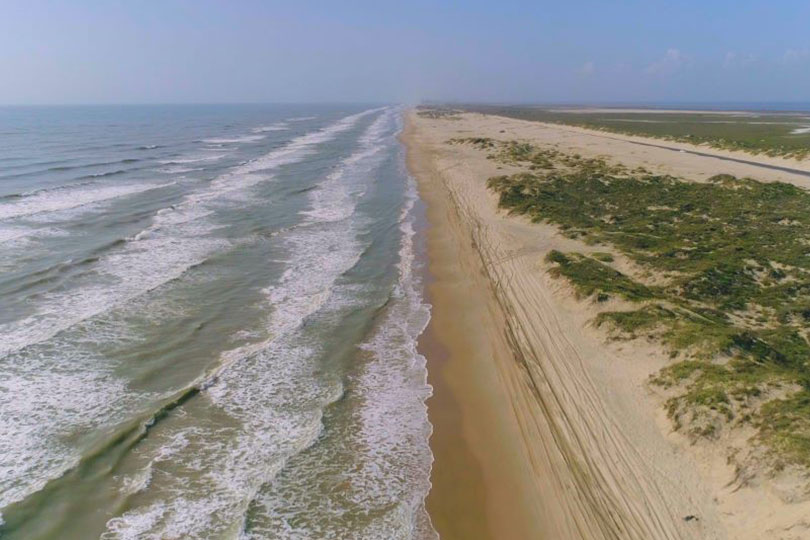By Jennifer Dorsett
Field Editor
Ordering a dozen oysters may soon include the option for a Texas A&M-branded variety.
“We could even make a maroon one, if we wanted to,” Joe Fox, Ph.D. said.
Fox, who is the chair for Marine Resource Development at the Harte Research Institute at Texas A&M University Corpus Christi and a jointly-appointed research scientist with Texas A&M AgriLife Research, worked with other industry leaders and State Rep. Todd Hunter to pass legislation to legalize commercial oyster farming along the Texas Gulf Coast.
Overfishing, hurricanes and varying levels of salinity in Texas bays reduced traditional oyster harvests in the state by 43 percent over the last four years.
But developing a new variety that works well in aquaculture operations could be the key to a booming Texas oyster-farming industry, according to Fox.
“By spawning oysters in the lab from different bays, we can produce seedstock that are ultimately grown out in cages, yielding a consistently attractive and high-quality oyster for you to enjoy at the raw bar,” he said. “From there on, it’s all about the branding.”
Proponents of oyster farming say raising the mollusks in off-bottom cages is more ecologically sustainable, because it doesn’t destroy fragile oyster reefs, which are important habitats for dozens of other marine species.
Researchers led by Fox are working to develop a breeding program to improve salinity tolerance, disease resistance and other traits desirable in oysters, such as appearance and flavor.
Texas was the last gulf state to create laws legalizing commercial oyster aquaculture. Alabama, Florida, Louisiana and other states bring in more than $200 million annually through oyster farming off the Gulf Coast.
“What we want to have happen here is that a Texas resident can walk into a Texas restaurant and buy Texas oysters whenever they want,” Fox said.
Click here for more information on the Texas A&M-branded oysters.


I am waiting!!! Hope cost will be much lower than the $100.00 per. Gallon being sold in Matagorda… I have been afraid of raw oysters after becoming a diabetic!!! Keep up the great works!
I guess it’s only a matter of time before we start to hear about “oyster-rights” and “cage-free oysters.”